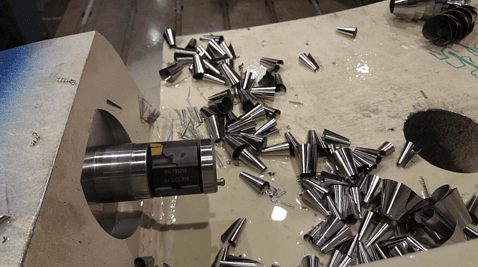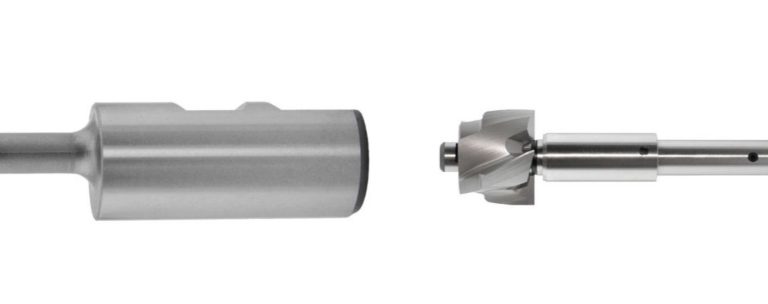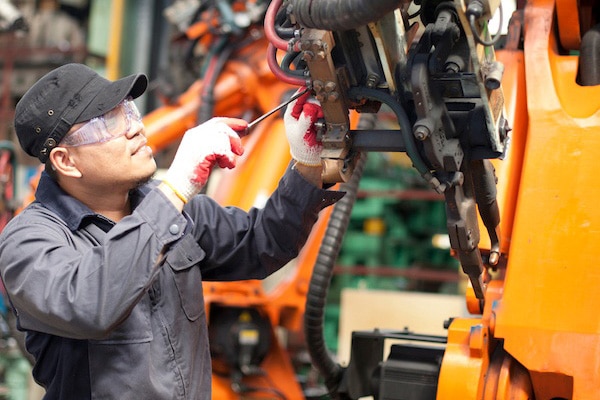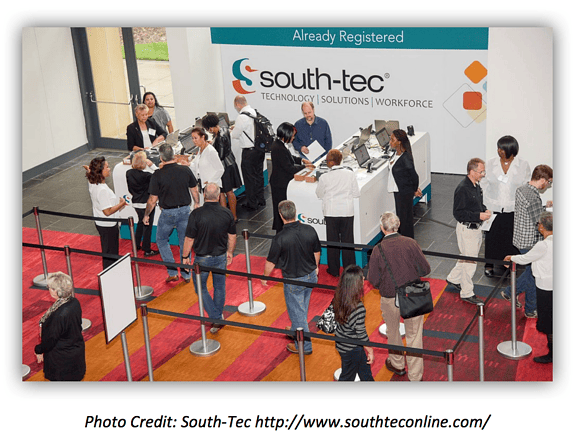Reverse Machining: What Is It and What Can It Do for My Profitability?
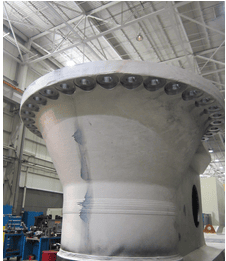
Many manufacturing companies today already capitalize on the benefits of using reverse machining in their manufacturing processes. Yet at the same time, there are many others who are complacent in existing systems and therefore may dismiss the idea altogether. But reverse machining processes and tools (for example, back counterbore, back countersink and back spotface) can be a very effective way to increase profitability — so it may be time to reconsider whether or not they work for your company. To help, we’ll walk you through both pros and cons and offer some practical tips on the different types of solutions.
Weighing the Pros and Cons
First, the basics. Reverse machining is the act of machining a feature that exists on the opposite, more difficult-to-access side of a part. There are significant benefits for manufacturers who use reverse machining in their processes that are directly tied to profitability – here are the pros:
- Speeds up the fixturing process. Reverse machining prevents operators from having to manually rotate and re-fixture a part in order to access a feature. Eliminating this step drastically cuts down production time.
- Reverse machining allows a company to utilize existing machinery instead of having to invest in additional costly machinery that include features such as a rotary table for rotating the part.
- Better part accuracy. Eliminating the re-fixturing process reduces the risk of manual error and helps ensure accuracy, as the relationship between critical dimensions is easier to hold when machined in the same setup.
Conversely, there are some potential drawbacks and considerations as you explore the possibility of reverse machining. Here are the cons:
- Special tooling is often required for the reverse machining process.
- Fixturing requirements need to be reviewed. In reverse machining, the machine forces will be the opposite of what they normally are and will try to “pull” rather than “push” a part during the machining process – so you’ll want to evaluate your fixturing setup and make sure it is rigid.
- Machine compatibility. Certain styles of reverse machining tools require a machine with a W Axis, which not every manufacturer has.
What are the different types of tooling solutions?
As you weigh the pros and cons with your profitability potential, you’ll also want to consider the different types of solutions that are available to manufacturers today. It’s important to note that while the process of reverse machining has its own set of overall benefits and drawbacks, there are distinct factors to consider with each different tooling option. For example, some of the more widely known options like offset entry style tooling and two-piece style tooling greatly differ from specialized options like the Autofacer®.
1. Offset Entry Style Tooling
Also known as “flag style” tools, this option is characterized by the following process: an operator feeds the tool through a hole at a specific offset, returns the tool to the hole centerline, performs the reverse machining, offsets again, then removes the tool. This option is great for short length to diameter ratios; however, the design of this tool is typically too weak for heavy cuts or long length to diameter ratios.
2. Two-Piece Style Tooling
With a two-piece tooling system, an arbor is fed through the hole, then the cutter head is manually attached to the arbor. This process can potentially save you time and money, and is good for manufacturing small quantities or something to help you get by in a pinch. However, the process is extremely manual and prone to error. For example, an operator may forget to remove the cutter head, leading to tool, part, or machine damage. There is also a high safety risk, as an operator must enter the machine to attach the cutter head. Read more about the top 3 operator risks every manufacturer should know about.
3. Autofacer® Automatic Back-Boring Tools
With this automatic back-boring system, the tool is fed through the hole and the blade is automatically opened using a mechanical clutch system and spindle rotation. This solution is extremely robust and, unlike offset entry style tools, capable of very heavy cuts. It’s also versatile, with different activation methods that can be used on many different types of machines. Additionally, the Autofacer® has the fastest metal-removal rate in the industry, making it great for medium to high production runs. On the flip side, it may not be ideal for very small quantities – the higher the quantity, the better it pays for itself.
For manufacturers, continuously evaluating your options to create faster, more profitable processes makes all the difference. Optimizing your processes through solutions like reverse machining not only saves you time and money, but gives you a distinct competitive advantage when bidding on jobs. Our team at Steiner has been helping manufacturers do just that for more than 40 years – you can learn more now in our Case Study Library


